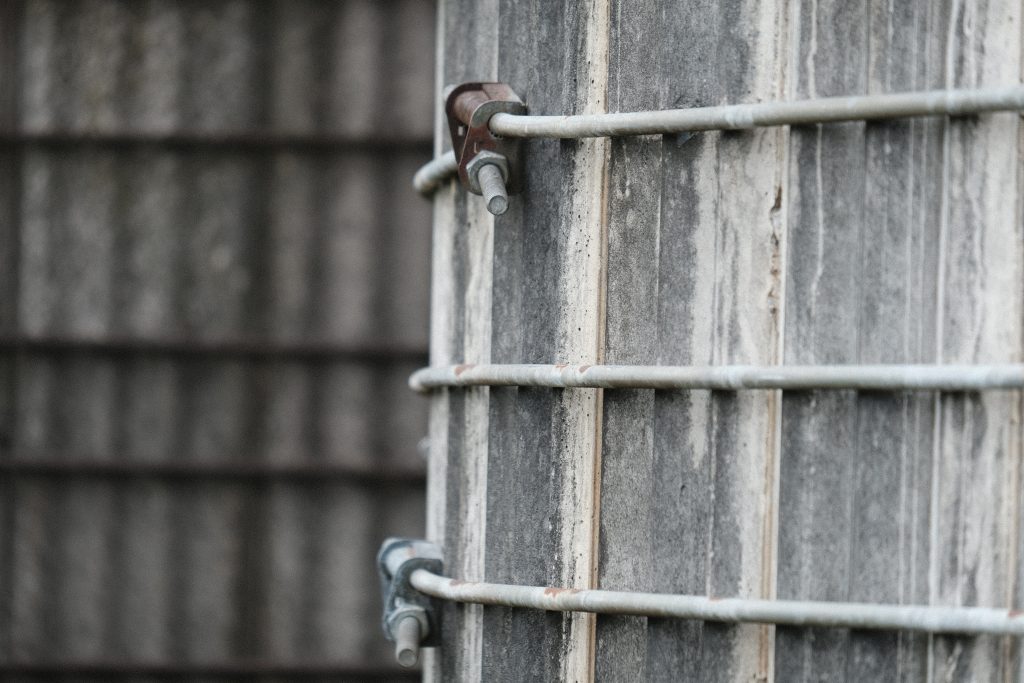
Three hour meeting bundles start at $700.
Start on a new journey today.

Three hour meeting bundles start at $700.
Start on a new journey today.
Sign up for our Muse-letter now!
Every great four-star chef will have her “secret sauces.” Usually these are recipes that become signature dishes and ultimately create and define that master chef’s thumbprint for as long as they are in the kitchen. Every month, I will be adding one of my secret “wisdom sauces” to this section of the website. These are my gift to you for being a supporter of the work that we do at Serious Play.
“The ones who are crazy enough to think they can change the world, are the ones who do.”
— Steve Jobs
On the first Thursday of the month, I may include a striking quote as part of the introduction, for my principles in business have always been inspired by the greats. Over a 40-plus-year career, both as an artist and gallery director, I have relied on my sacred circle of “minds” to solve pivotal issues. These are colleagues and great thinkers from across a wide spectrum of institutions and businesses.
Unlock exclusive access to premium resources designed to elevate your artistry or arts organization! Click the link below to join and discover expert insights, actionable strategies, and proven steps to help you thrive. From operational advice to creative breakthroughs, our materials are crafted to inspire and empower your success.